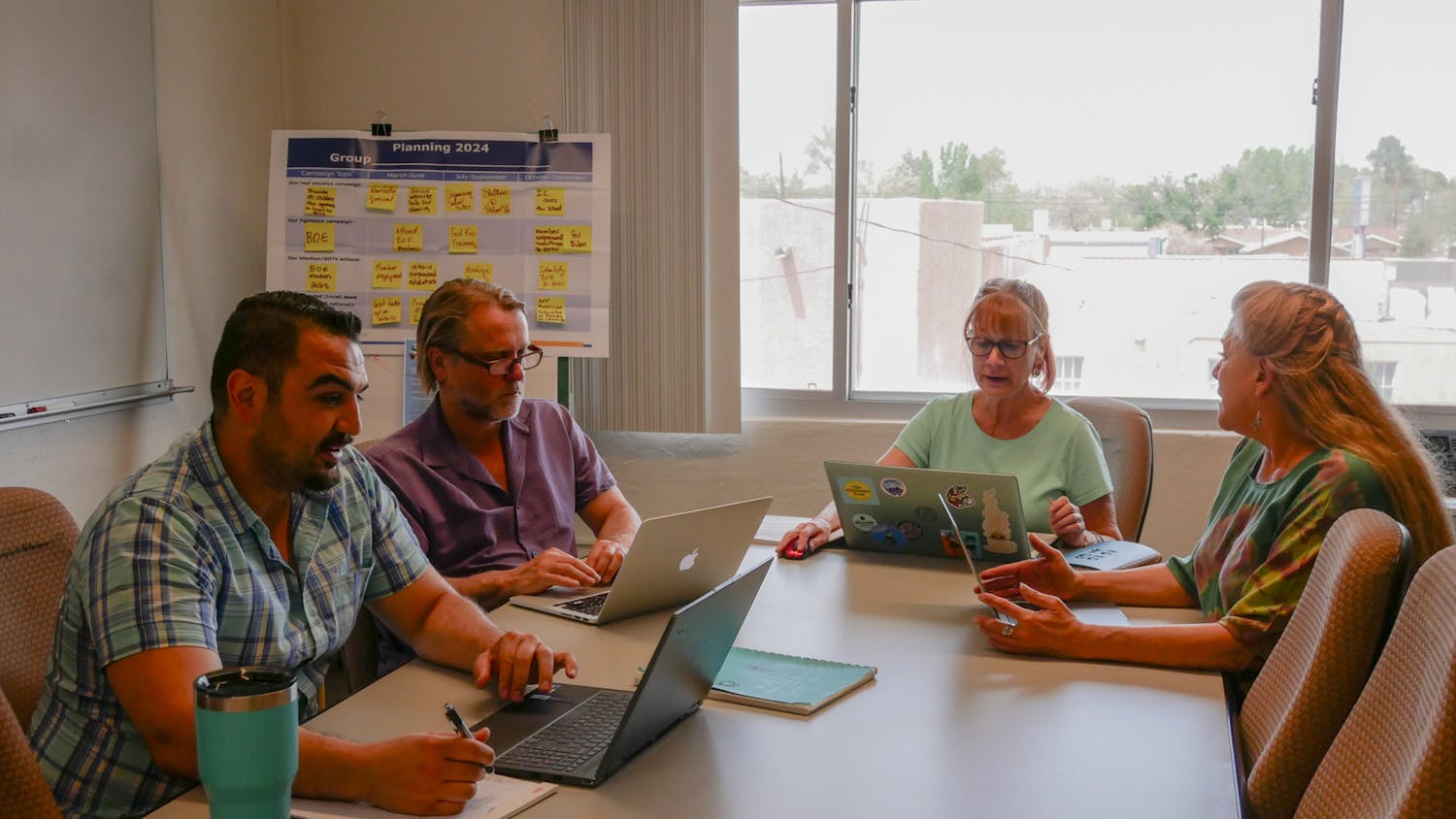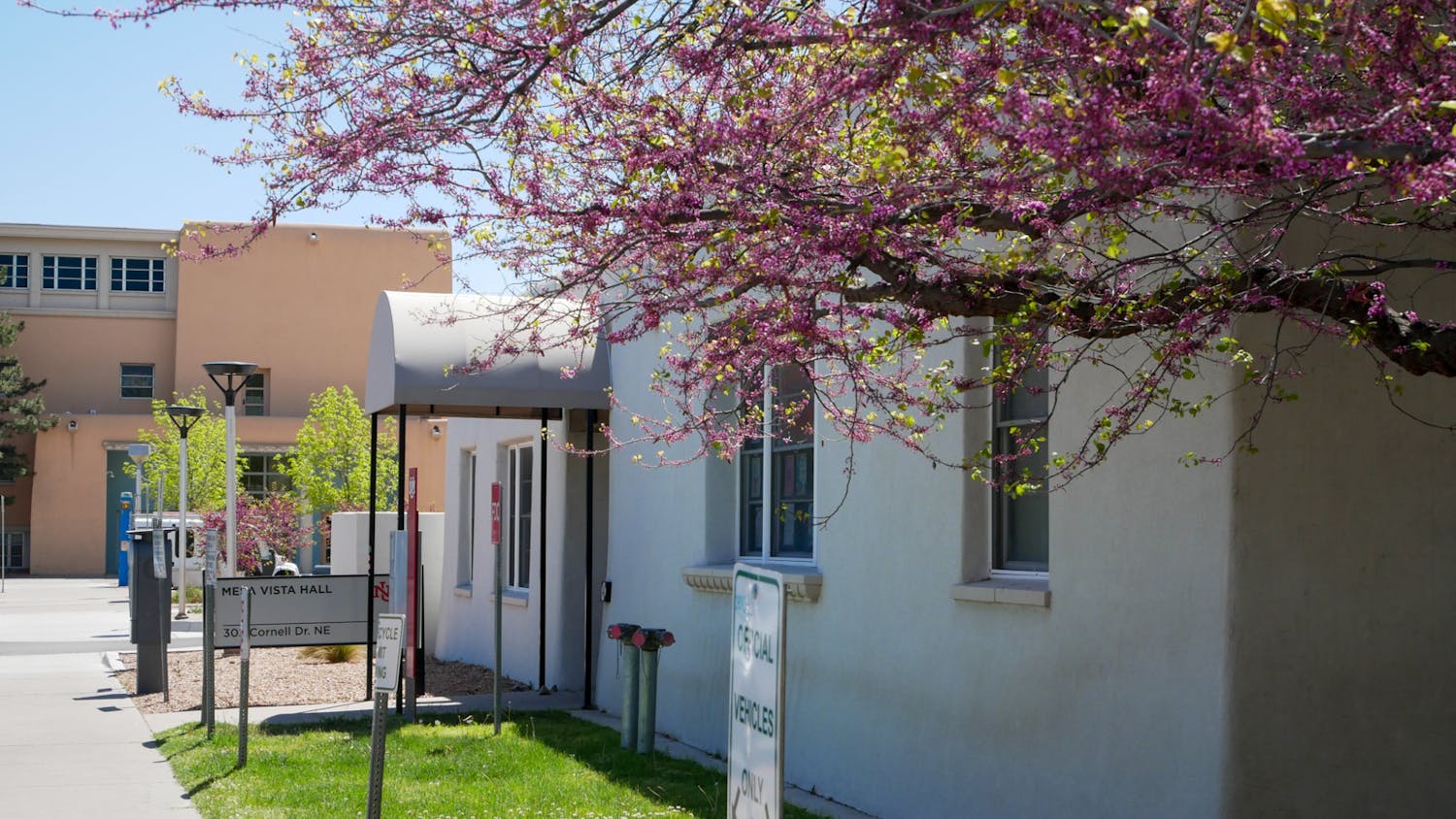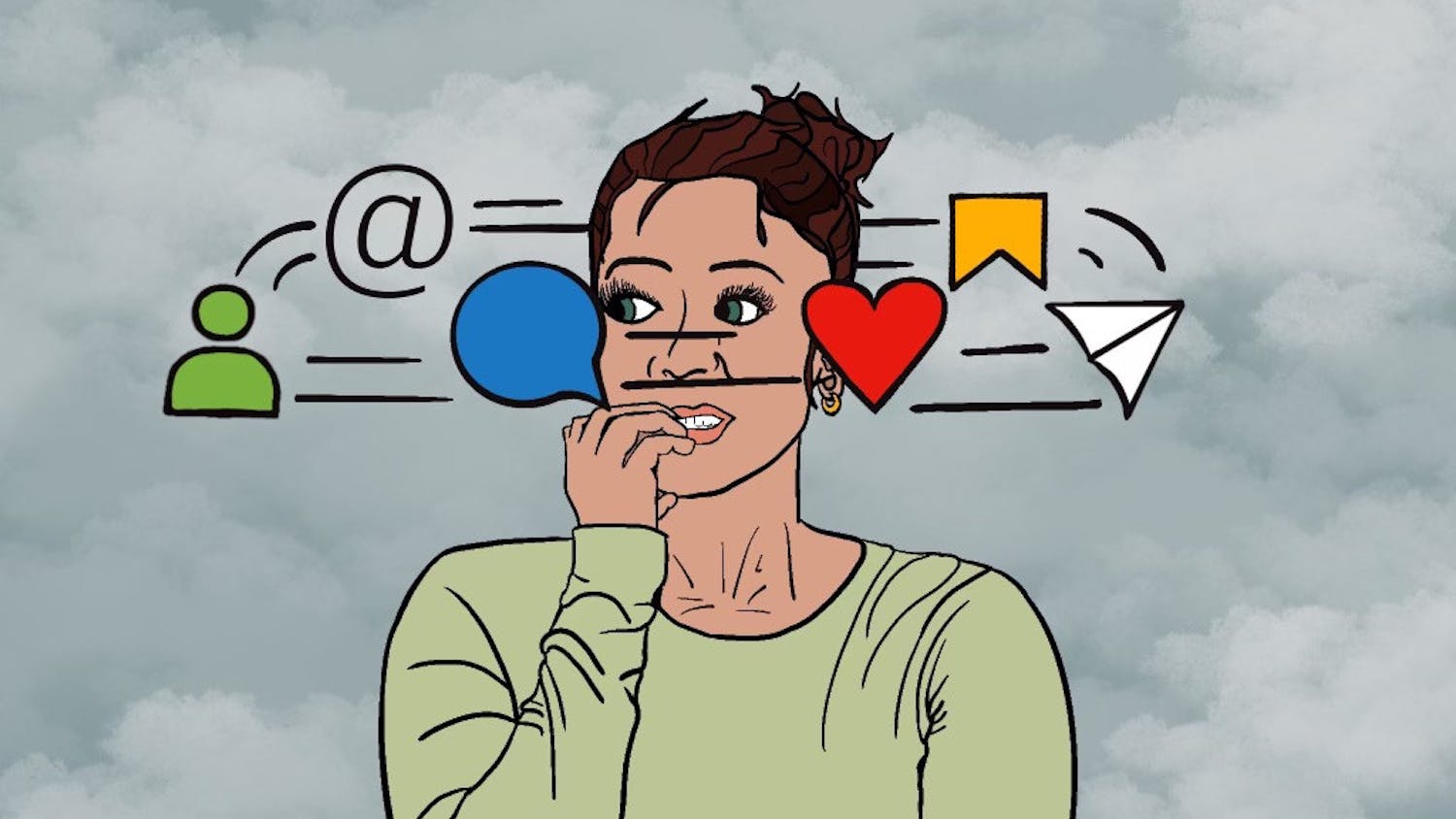Nearly 60 people marched Friday from El Paso, across the bridge, and into one of the most dangerous cities in the world to join a several-hundred-strong protest against violence in Ciudad Juárez.
Over 3,000 people were killed in Juárez last year, which means it has one of the highest murder rates of any city across the globe, according to CNN.
The killings and drug violence in Mexico sparked the protest, said David McKenney, a member of a University of El Paso (UTEP) student group, Miners Without Borders, who helped organize the march into Juárez.
“Everyone’s appalled by the violence in Mexico, and finally some of the students at UTEP said ‘we’re sick of this, we gotta do something,’ and started to organize,” he said. “And we did at UTEP and then we met a lot of other community organizers and connected with them.”
McKenney said he travels to Juárez several times a month to take part in protests and deliver supplies to people affected by the violence. He said he wasn’t nervous about marching into the city because he expected a lot of people to show up for the march.
“The more people there are, the safer it will be, is how I feel,” he said.
About 600 Mexican citizens attended the protest, some traveling from as far away as Mexico City. They marched to the Benito Juárez Monument, where protest leaders signed a peace accord which read, in part, “We promote solidarity and the just claim to rights for a better life for all.”
Mexican citizen Pepe Ortiz traveled from Guanajuato, a city in central Mexico, dressed as Mexican revolutionary hero Miguel Hidalgo y Costilla to attend the protest. He said the costume was meant to inspire people to struggle for their rights.
“I want the children to see in my costume the image of the person that broke the chains of slavery and wanted to bring peace and prosperity to Mexico,” he said in Spanish.
The protestors were marching to demand an end to violence and a higher standard of living in Mexico, Ortiz said.
“(They’re marching for) prosperity and a better life,” he said.
“To take out, as best they can, this cancer — take out the army, because the army should be in barracks, not in the city… There’s a lot of work. Mexico is large and strong but, unfortunately, the people that are at the top, well, they don’t understand the people.”
Juárez resident David Flores said the march from El Paso worked as a powerful symbol of cross-border solidarity.
Get content from The Daily Lobo delivered to your inbox
“We need to show that Juárez and El Paso is one community. At the border, it’s almost like living in both cities at the same time,” he said.
Flores said he doesn’t expect either the Mexican or the American government to change their policies as a result of the march.
“They’ve been ignoring this peace movement. We want non-violent solutions to this problem. It’s been created by the war on drugs,” he said. “This is the point that it’s got to change.”
McKenney said he’s been to several marches in Juárez and always felt safe despite the high incidence of violence in the city.
“A student at the University in Juárez had been shot by a Federal police officer,” he said. “But I went to a march a couple weeks later, and it was safe. Some of the organizers in Juárez, the students over there, they’ve really got it together. It’s just amazing to see how organized they are. They’ve got these great peace tactics, non-violent protest tactics they use. It’s really cool to watch.”
McKenney did have guns pointed at him once in Juárez, he said — by the police, who mistook him for a threat while he was on his way to deliver clothing to a poor neighborhood of the city.
“I ended up going the wrong way on Mariscol street, and there was some Federal Police coming the other way. It probably freaked them out, they probably thought I was trying to block them. So they all jumped out and pulled their guns on me. They asked if I had ‘armas, armas,’ and I said ‘ropa, ropa,’ (clothing) and they let me go,” he said. “I’ve never had a problem otherwise.”
The violence in Juárez is caused by a small percentage of the population, and protest can show the world that most citizens are good people who only want to survive, McKenney said.
“I always loved Juárez and going over, ever since I was a little boy,” he said. “Something about it can’t be recreated anywhere else. I’ve always loved it over there. Ninety-five, 99 percent of the people over there are peace-loving, good people.”





